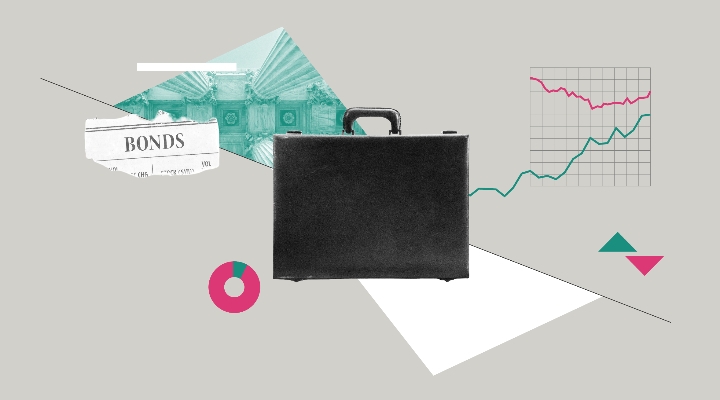This article is part of Morningstar's "Perspectives" series, written by third-party contributors. Here, Tom Becket, CIO, Psigma Investment Management explains why high yield bonds are nothing but an oxymoron.
'The asset class formerly known as High Yield' has been a prime beneficiary of the largesse of Central Banks in the era of financial repression that we are suffering. Flows in to high yield bonds have generally been red hot over the last five years, as investors desperately sought income in a yield-free world. First, nimble investors sought to exploit the obvious valuation discrepancy that had been caused during the Great Financial Crisis; then the investment world and his dog have flooded in to the asset class to achieve their clients' income aspirations. This has decimated most value opportunities that there were, demonstrated by the fact that the yield on benchmark indices is collapsing back down towards 5% again. This is reflected in the fact that HY indices are trading well above par, limiting the potential returns on offer to investors.
It is worth noting that despite the fact that the return opportunity is greatly reduced, high yield has become a totally different asset class to that which developed in the 80's and 90's, and also that which we first invested in last decade. The companies that one can invest in are generally much sounder; leverage ratios are down and balance sheets are very healthy. The chance of a spate of defaults in the next few years is extremely low, not least because markets remain 'wide open' for any company wishing to refinance. We also do not expect the low official interest rate environment to change for at least the next 18-24 months, supporting the case for HY investment.
So where are the risks? High yield used to perform well in a rising interest environment, as rate increases suggested that the economy was doing well and investors swapped government bonds for higher risk corporate credit. Looking forward, we do not expect the same results when market interest rates start to rise in the US and Europe, as the current yield spreads over government bonds on offer from HY are very 'skinny'. HY will now be interest rate sensitive, as there is precious little cushion left to soften the blow. We also note with some caution that some of the bonds coming to the market have the dirty elements of the credit bubble in the middle of the last decade, with terms like “covenant-lite” and “Payment in Kind” rearing their ugly heads again.
Perhaps the greatest short term risk is liquidity. Ignore the fact that these markets are extremely illiquid at your peril; a market shock in the coming quarters could easily see High Yield behave like equity investments on the downside, but with limited participation on the upside. The torrent of retail flows that have swamped the HY market in recent years could easily retreat with highly negative consequences.
We are now being incredibly selective when it comes to fixed interest investments, but particularly when it comes to HY. We would advise all other investors do the same. The high yield markets strike us as potentially an accident waiting to happen and investors might be on the “high way to the danger zone”. But that accident might not happen for some time.





























